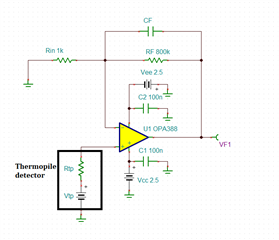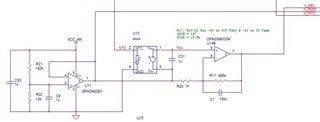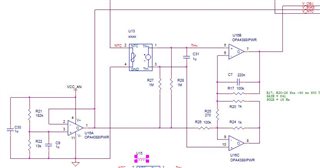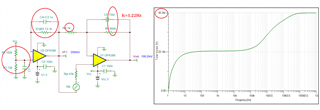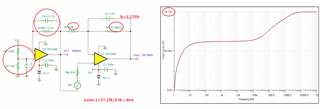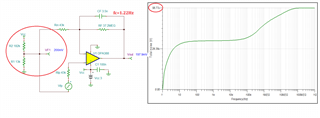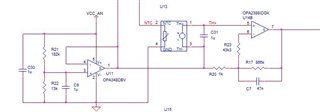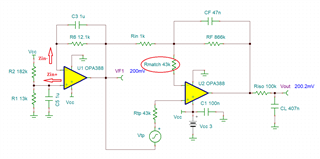Other Parts Discussed in Thread: TINA-TI, INA333, OPA333
Hello,
I am dealing with a high impedance sensor with uV output, to be specific a thermopile. I need a gain between 800 and 1000 so the values of input offsets of the amplifier are very very important.
I am testing the circuit with OPA4388, using a single channel to amplify the sensor output.
The problem is about the stability of the output when the input is 0: my SW corrects the offset, saved during calibration but it is not constant after power-on and it changes with the subsequent further power on. There is a little variation, maybe due poor EMI shield (it is still a prototype board) but what's worrying me is that the average value changes each time I power on and generally decreases during operation.
The use of the instrumental input (2 o 3 OPAMP) should reduce the offset, but only if the values are similar for the 2 OPAMPs at the input: then I am wondering if the values of Voffset, Ibias and Ioffset are nearly the same if I use the OPAMPs in the same IC.
So, with a quad OPAMP like OPA4388 I can have a 2-OPAMP instrumental amplifier, the amplifier for NTC and the buffer for the common voltage (sensor can have output both polarity).
I do not really care how much is the effect at the output, I care it is the same every time I power on and during operating....
Thanks
Maurizio


